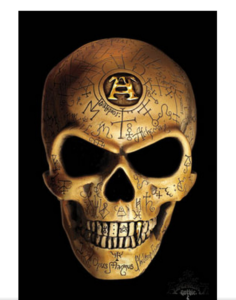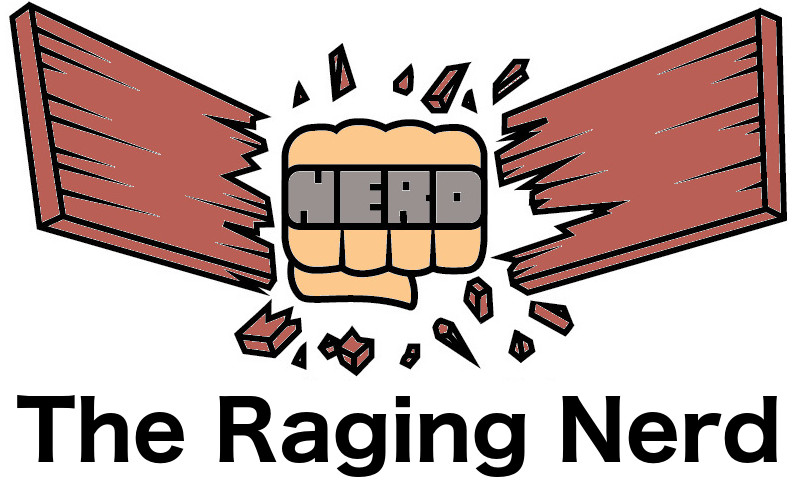The Appeal Of Alchemy
Alchemy seems so mysterious. The word conjures up images of arcane charts, lists of obscure elemental symbols, wizards and alchemists turning lead into gold, fantasy worlds, goblets, alembics, mortar and pestles, retorts, furnaces and beakers. There is something very Frankenstein-ish about alchemy, something that tempts the imagination and fascinates the mind. But what was alchemy, really? Where did all of this strange symbolism that straddles the border between magic and science come from? There’s an entire history behind it, an entire world of esotericism and proto-science, so let’s take a look at it. You might learn something really cool.
 Alchemy is a proto-science, but it’s also associated with magic. Many of the discoveries of ancient alchemy were legitimate scientific discoveries. The idea that you could control the conditions around a piece of matter and put it through different processes in order to induce desired changes is not, strictly speaking, wrong. Fundamentally, alchemy is the same basic idea as chemistry: the study of change. The difference is that alchemy and chemistry separated during the Renaissance and Enlightenment, with alchemy becoming more and more esoteric and magical, while chemistry joined the rest of the physical sciences. So alchemy is the origin of chemistry.
Alchemy is a proto-science, but it’s also associated with magic. Many of the discoveries of ancient alchemy were legitimate scientific discoveries. The idea that you could control the conditions around a piece of matter and put it through different processes in order to induce desired changes is not, strictly speaking, wrong. Fundamentally, alchemy is the same basic idea as chemistry: the study of change. The difference is that alchemy and chemistry separated during the Renaissance and Enlightenment, with alchemy becoming more and more esoteric and magical, while chemistry joined the rest of the physical sciences. So alchemy is the origin of chemistry.
However, even before splitting off from chemistry, alchemy was still deeply involved with magic and occultism. This is clear from the associations between alchemy and the various esoteric philosophies of late antiquity. Neoplatonists, as well as magicians and writers like Hermes Trismegistus, who wrote the famed Emerald Tablet, all dabbled in alchemy. The famous phrase “As above, so below,” first recorded in Trismegistus’ Emerald Tablet, is part of the philosophy of alchemy.
Indeed, many people even into the modern era experimented with alchemy. Even Isaac Newton, who laid the foundations of physics from his time until the 20th century, was not immune. Newton had an alchemical chest and spent much of his time absorbed in strange and arcane ponderings on the nature of alchemical processes. He saw a thoroughly spiritual dimension in it as well. It wasn’t just another science to him. He really thought that there were occult and supernormal powers that could be granted through alchemy.
All of this makes alchemy a good basis for much fantasy literature. Writing, video games, anime, and television shows all draw from alchemical themes from time to time. The reason for this is that alchemy’s dated nature makes it seem foreign. Nobody has seriously studied alchemy for a long time, so the symbols are no longer familiar, and this gives it a strange, foreign feeling. This is why alchemical symbology still looks so cool on posters, mugs, and alchemical novelty t shirts.
Adventure Time’s Intended Audience
There has been a big shift in entertainment over the past two decades. It has always been normal for adults to enjoy a little bit of children’s entertainment. You’re supposed to watch that stuff with your kids, after all. And there are plenty of grownup jokes in children’s movies that are there for the adults to pick up, and they’re designed to go over the kid’s heads. However, in the past decade or two, it has become much more normal for adults to consume children’s entertainment.
 This has created a strange shift in children’s entertainment. Whereas older cartoons were just silly or banal, newer cartoons occupy a grey area between children’s shows and sitcoms for grownups. Good examples of this include the Regular Show, Stephen Universe, and, of course, Adventure Time. All of these shows are suitable for kids, yes. However, when consuming children’s entertainment, you usually have to suspend judgment. You have to let down your guard a little to enjoy kid’s entertainment. The difference with newer cartoons is that they’re written with a built-in grownup appeal, so that an adult can consume them without feeling as if they’re doing something age inappropriate.
This has created a strange shift in children’s entertainment. Whereas older cartoons were just silly or banal, newer cartoons occupy a grey area between children’s shows and sitcoms for grownups. Good examples of this include the Regular Show, Stephen Universe, and, of course, Adventure Time. All of these shows are suitable for kids, yes. However, when consuming children’s entertainment, you usually have to suspend judgment. You have to let down your guard a little to enjoy kid’s entertainment. The difference with newer cartoons is that they’re written with a built-in grownup appeal, so that an adult can consume them without feeling as if they’re doing something age inappropriate.
Adventure Time is a good example of this on multiple levels. First of all, it’s a little known fact about the Adventure Time canon that the show is post-apocalyptic. This is incongruous with the way the show presents itself. It appears as something very happy go lucky. It’s also fantasy themed, and fantasy as a genre is typically characterized as escapist. But that extra layer of depth added by the way the world is constructed is just one example of how the show is designed to appeal to multiple demographics.
Another aspect of Adventure Time’s appeal to multiple demographics is its short length. Most episodes run about 11 minutes. This is intentional. If you’re a kid, then it’s bite-sized entertainment that can be consumed regardless of a child’s short attention span. If you’re an adult, then it’s the sort of thing you can watch on your phone while sitting at a bus stop or in a waiting room with some earbuds. The short, consumable nature of the show works for both children and adults, albeit for different reasons.
Adventure Time, and other cartoons like it, shows the changing nature of entertainment. First, cartoons were for kids. Then, they were for kids, but also watched “ironically” by college students and other people who wanted to signal their whimsical ironic sense of humor. Now, the irony has become sincere and you can quite comfortable be an adult running around in an Adventure Time t shirt.



